Danville Stories: Segregation to Civil Rights
Those pictured here provide a local context for the national civil rights movement that often appears in history books and dominates our collective memory. Exhibit portraits and text are accompanied by interview excerpts, related resources, and biographies of each individual. Click below to learn more about the stories of these Danville residents.
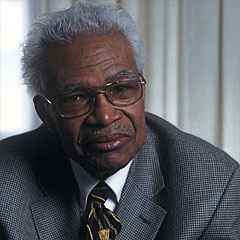 Lawrence M. Clark, Ed.D.
As a young man, Lawrence M. Clark observed the difficulties African Americans faced as they sought employment in the tobacco and textile industries. read more… |
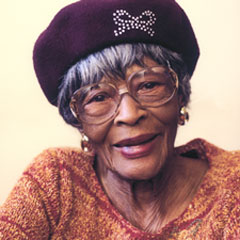 Ruth W. Isley
For Ruth W.Isley, education was a gateway through which she could secure opportunity in a segregated society.
read more… |
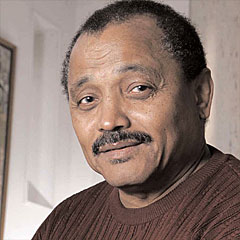 Robert A. Williams
On April 2, 1960, Robert A. Williams led fifteen youth in a sit-in at the all-white Danville Memorial Library.
Read More… |
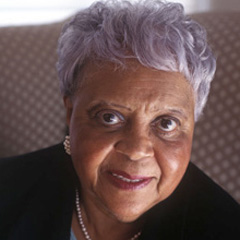 Dorothy O. Harris
Dorothy O. Harris joined the Danville civil rights movement after seeing fire hoses directed at protesters.
read more… |
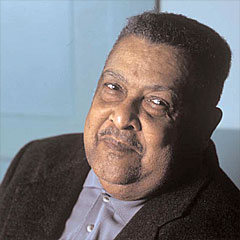 James W. Peters, Jr.
In the summer of 1963, James W. Peters, Jr., lined up African-American property owners to post bonds for the release of jailed protesters.
Read More… |
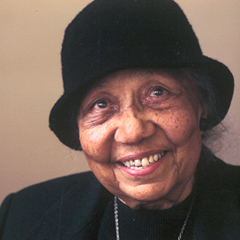 Avicia H. Thorpe
For Avicia Thorpe, teaching was entrée into one of the few professions available for African-American women.
Read More… |
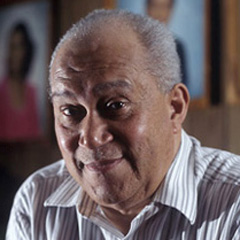 James Ulysses Griffin Hughes
James U.G. Hughes’ mother, Mabel Hughes, posted the family funeral home as surety for 44 protesters.
Read More… |
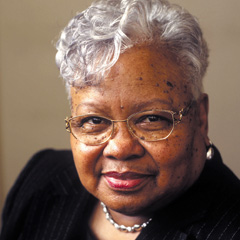 Ruby B. Archie
Ruby B. Archie did not march in the 1963 civil rights protests, and admits some might consider her "old school."
Read More… |
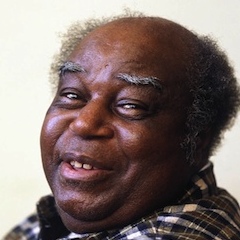 Charlie E. Nelson
Charlie E. Nelson, a Danville native, returned to his hometown in early summer 1963 and found the city in turmoil.
Read More… |
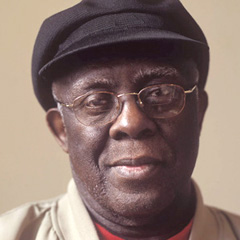 Charles T. Oliver
For years, Charles Oliver directed the choir and played the Moller organ at Loyal Baptist Church, founded in 1865 by freed slaves.
Read More… |










